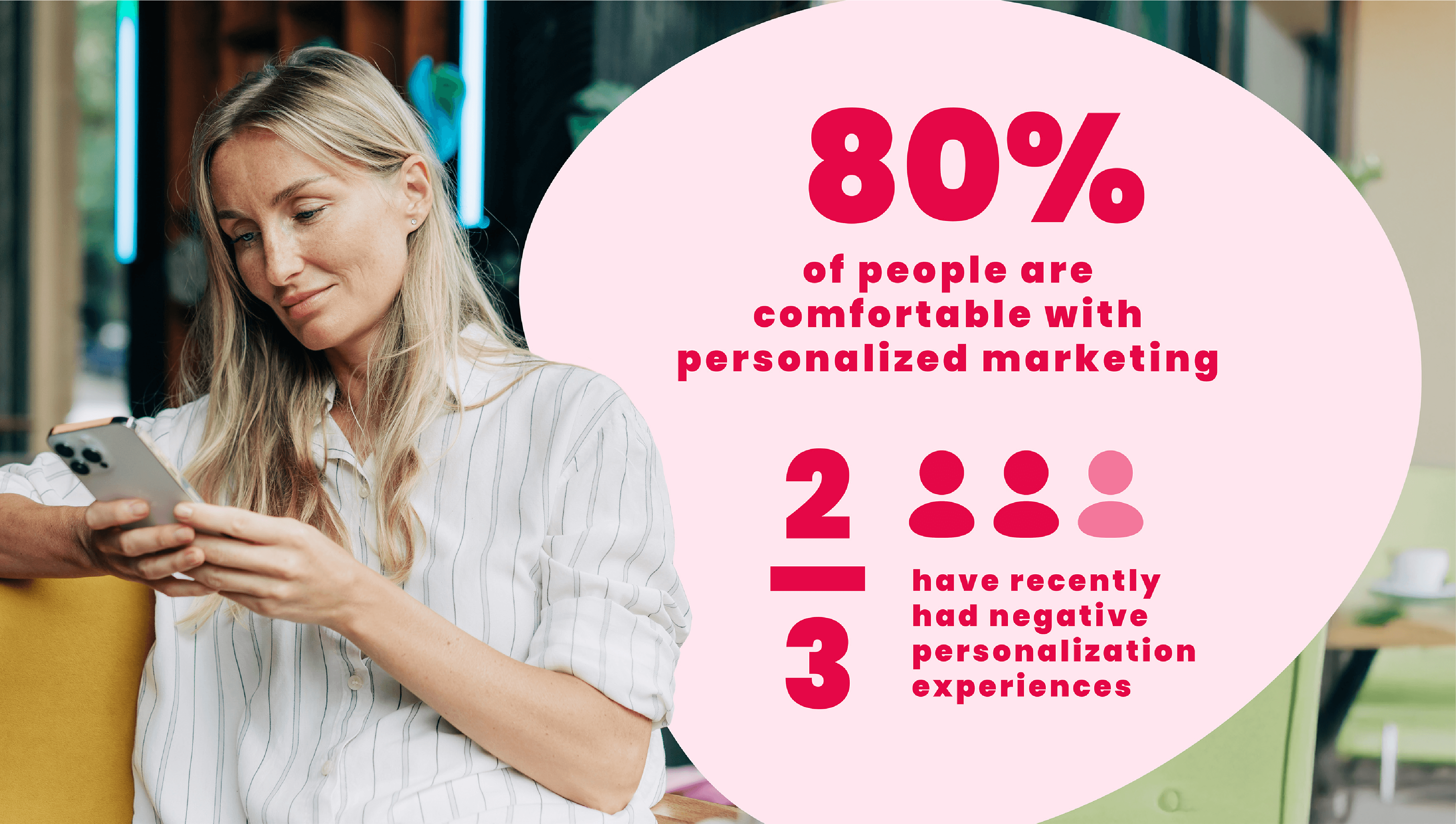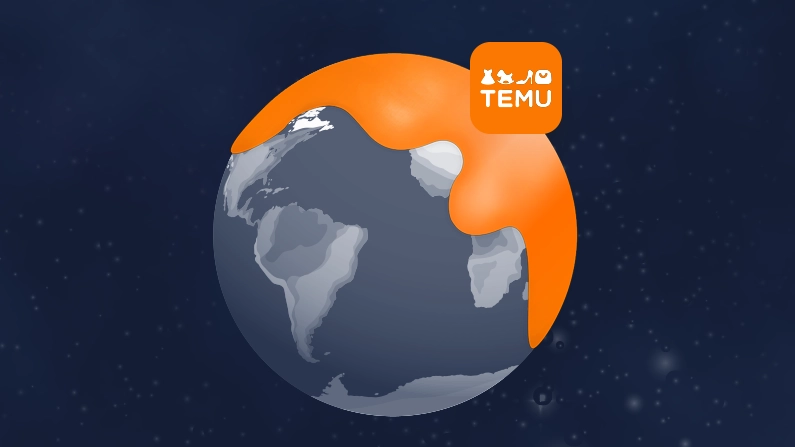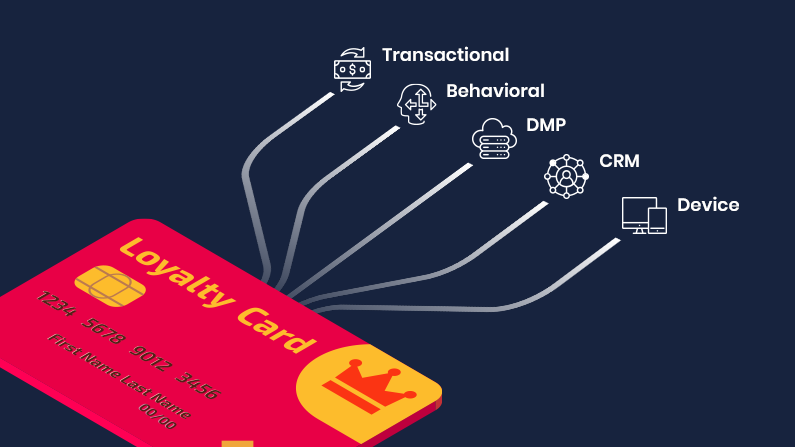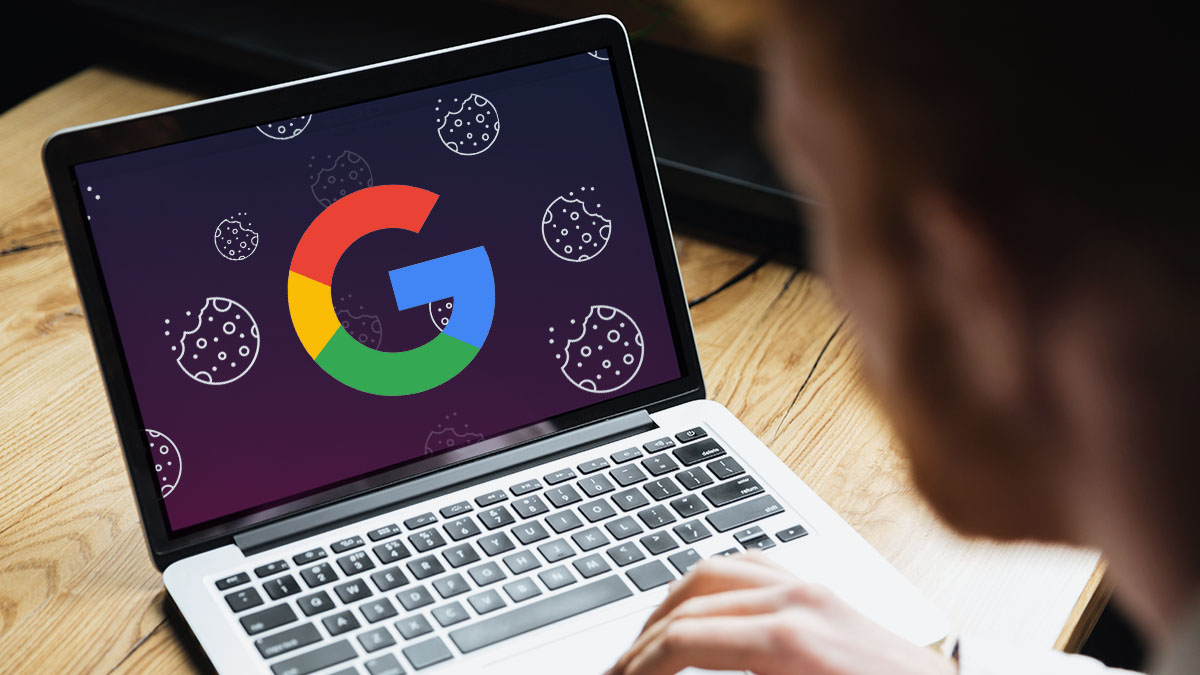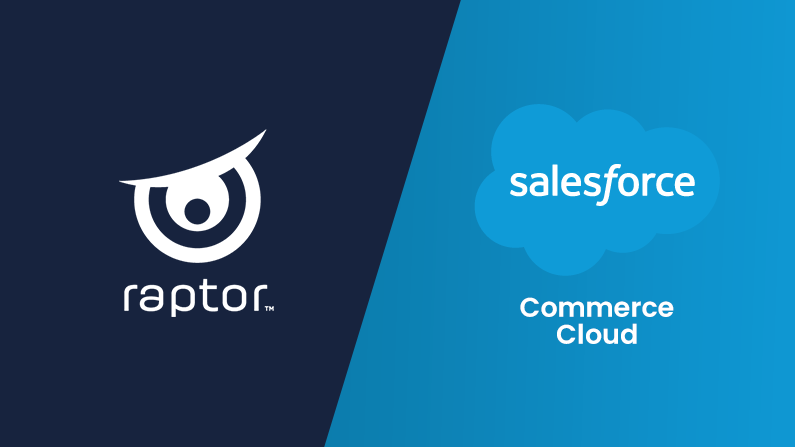POS and Personalization
Nov 03, 2020 | Customer Data Platform, POS
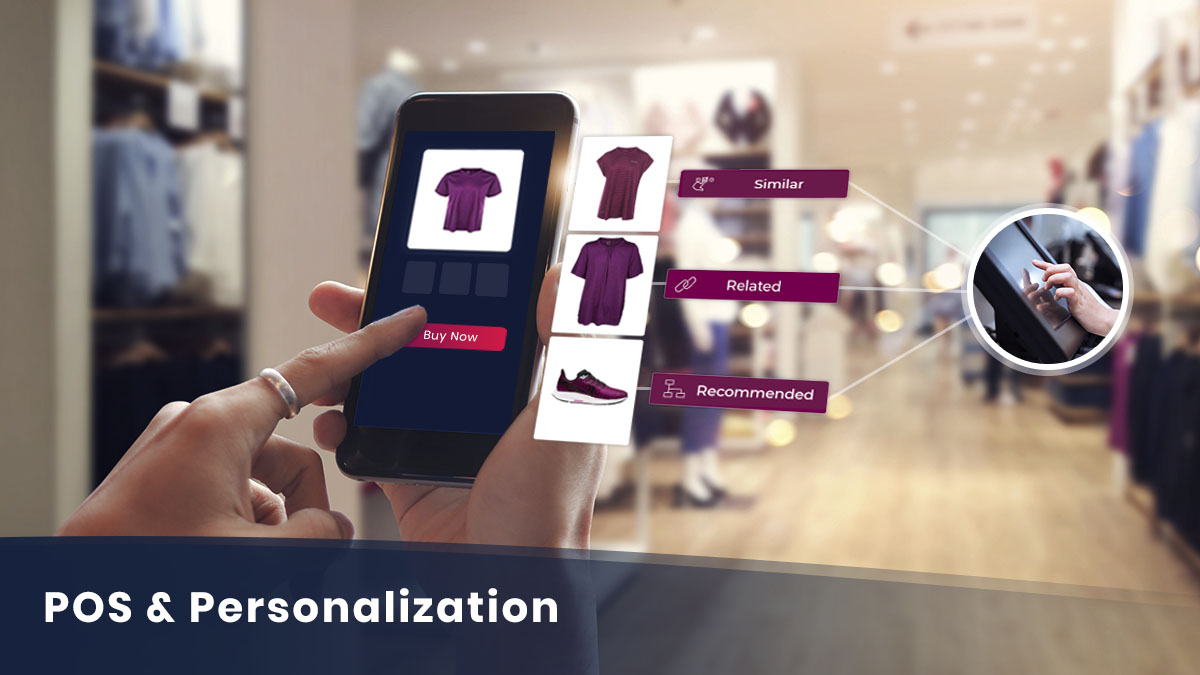
Organizations with large amounts of transactional data from their physical stores (also called POS data) can utilize this opportunity to ensure that trends from local stores are being considered in their online universe as well.
The more data companies can ingest into the algorithms, that produce the logic behind the recommendations and processes the customer data, the better and more precise recommendations they can make.
A POS integration is therefore a must-have for all companies that have both a physical store and an online site.
At Raptor we have a variety of technology integrations, that enable our clients to merge their data from multiple sources into our recommendation engine. This enriches our recommendations and makes sure that business-specific setups are supported seamlessly.
Why is a POS integration important in terms of personalization?
POS integrations are the key when you need to find purchasing relationships and increase your data volume.
A POS system that integrates your online and in-store experience allows you to get a step closer to being able to create a unified customer profile that can be used for cross-channel personalization.
Targeting the right customers, at the right time, with the right message is hard if you are not able to recognize customers across channels, both offline and online.
To begin creating an omnichannel setup, an easy start is to connect your offline and online data.
Offline transactional data can be used to find patterns and buying relationships regarding what products are being bought together, which then can be used in the product recommendations.
The combined recommendations can help sales assistants in the physical stores recommend supplemental products whenever they scan a customer’s product, which will help increase the average order value.
How does it work?
A POS integration is made by connecting your offline POS system with your online economic system, which allows you to combine the transactional data.
POS integration allows you to live stream customer data to make the most accurate and precise recommendations.
With the POS integration, you can live stream data from physical stores to your online website, as often as you like.
A POS integration is also possible if you have an ID on the customer, to consider offline purchases and email trigger flows. A customer ID can be achieved by having a Customer Club, where a customer signs up with a phone number or it can be obtained through a loyalty card in which customers scan and earn credits after purchasing a product.
Examples from our clients
Denmark’s leading book chain, Bog & idé, use online transactional data to decorate and recommend books to their customers in their in-store setup.
As depicted above, Bog & idé uses the wording “If you like…” pointing at one popular book, and “Then you would also like…” pointing at another book.
In this example Bog & idé uses data from online buying patterns and Raptor recommendations and converts it into their physical stores, to increase sales.
Another example is from Silvan, one of Denmark’s largest hardware store. They use an “Other have also bought” recommendation module on their checkout page, which generates products based on the products added to the basket.
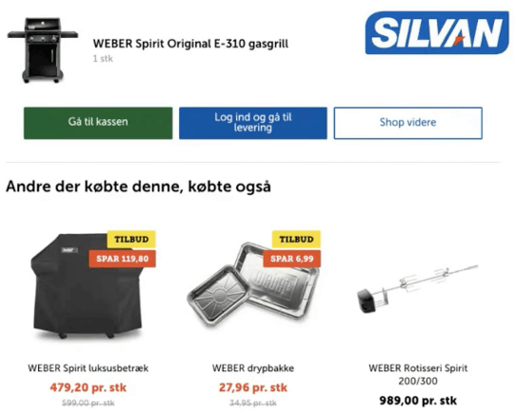
The data used for this recommendation module is based on online purchases where the specific barbecue has been involved and suggests products that others have bought along with the grill. Likewise, the recommendations are based on a POS data ingestion, that contains offline purchasing data from Silvan’s physical stores, where the grill has been bought, and which products it has been bought with.
Unify customer data across channels and platforms with a Customer Data Platform
In the Raptor Customer Data Platform, you able to access an audience builder that provides operational access to all your unified customer data. Once you have created your desired audience, you are able to activate it in your desired channel such as Facebook, Google, Email, etc.
Below you can see an example of how you can combine data from your online- and offline channels.
Online

Offline

Consolidated

Key takeaways
If you have both physical stores and an online e-commerce site, a POS data synchronization is a must-have step in becoming omnichannel. Utilize both online and offline sources to increase your data volume, that will make your recommendations and communicate better and more precise. With a Customer Data Platform, you are able to unify customer data and create audiences with data from both offline and online sources.
- A POS data synchronization is an important step in becoming omnichannel
- The more data you have available, the better and more precise you are able to communicate
- Utilize offline- and online data to find buying patterns
- Use a Customer Data Platform to unify customer data across channels and platforms
- Create audiences based on your unified customer data and activate it in your desired channels
Related Content
You might also like
For years, marketers have been promised “personalization at scale.” You’ve probably heard it...
Learn More
No reason to sugarcoat it. E-commerce is facing a lot of challenges right now. Chinese giants like...
Learn More
It’s a name that’s impossible to ignore. No matter how hard you try. TEMU. The Chinese giant has...
Learn More
Stakes are incredibly high in fashion. With a global market value of predicted to reach 1.2...
Learn More
Loyalty is key No matter what corner of e-commerce you’re in, everyone can agree on one thing:...
Learn More
Like lots of marketers, you may have been told to find a way to achieve the same (or maybe better!)...
Learn More
In 2020, Google decided to phase out third-party cookies, and they recently added a final nail to...
Learn More
When you work in ecommerce, you know the traffic during Black Friday is certainly higher than...
Learn More
Is your brand using Salesforce Commerce Cloud? And are you wondering what your options are in terms...
Learn More
In recent years, the role of the CMO has changed significantly. It’s much more than just planning...
Learn More
Let us show you what you can achieve with premium personalization


A Raptor expert can share more about the product and answer any questions you have.



